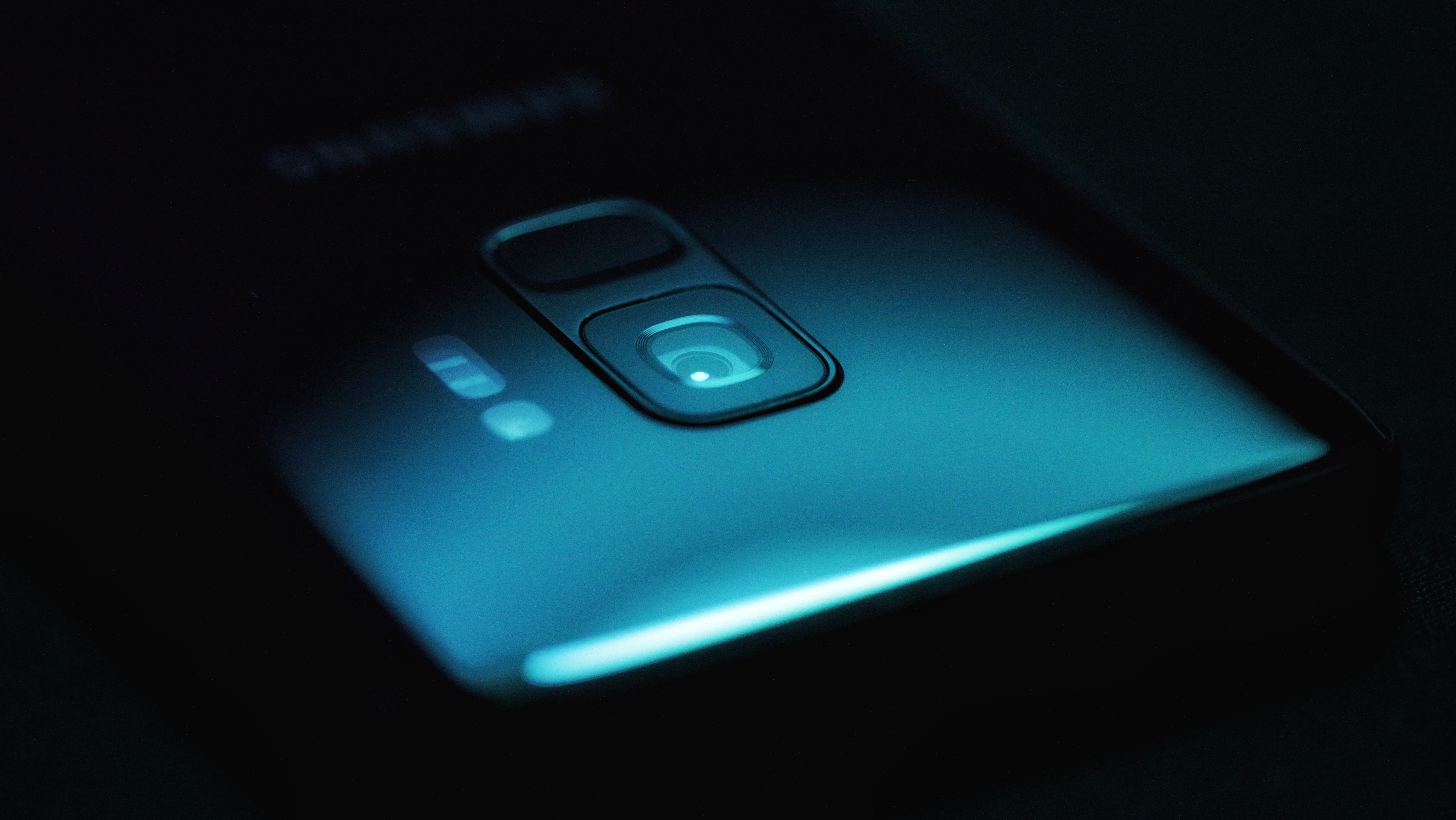Samsung Galaxy S10 could come with a newly unveiled 48MP camera sensor
Resolutions are made to get higher

Samsung already had some excellent smartphone chipsets under its belt, now the South Korean company is adding camera phone sensors to its repertoire – a market that has thus far been dominated by Sony.
The electronics giant has unveiled two new high-resolution Isocell Plus image sensors for multi-camera smartphones – Bright GM1 boasts a whopping 48MP resolution, while Bright GD1 is a 32MP sensor.

Both sensors have 0.8 micrometer pixels, allowing more pixels to be packed into a tighter space, which in turn gives manufacturers the liberty to design smaller camera modules.
Coupled with Isocell Plus technology – which enhances performance for smaller pixels sizes – Samsung says they’re “the ideal solution” for the three, and now four, lens setups arriving on the latest smartphones (like the Huawei Mate 20 Pro and Samsung’s own Galaxy A9).
A brighter future
For sensors it's typically the case that larger pixel sizes offer better light performance, but Samsung is also using Tetracell technology to manufacture these new sensors. This allows four pixels to work as one and deliver the same light sensitivity as a pixel four times its size. By this calculation, Samsung says the 48MP and 32MP sensors will perform as well as a 1.6micrometer pixel sensor at 12MP and 8MP resolutions respectively.
Another feature that Samsung has included is gyro-based electronic image stabilization (EIS) for faster and more accurate shots.
The 32MP GD1 will also come with real-time high-dynamic range for better color and detail rendition in high contrast, low-light conditions.
Get daily insight, inspiration and deals in your inbox
Sign up for breaking news, reviews, opinion, top tech deals, and more.
Samsung plans on beginning mass production of the two sensors in the fourth quarter of this year, so we could potentially see the upcoming Samsung Galaxy S10 flagship, or the foldable Galaxy X, feature high-resolution camera systems.

While she's happiest with a camera in her hand, Sharmishta's main priority is being TechRadar's APAC Managing Editor, looking after the day-to-day functioning of the Australian, New Zealand and Singapore editions of the site, steering everything from news and reviews to ecommerce content like deals and coupon codes. While she loves reviewing cameras and lenses when she can, she's also an avid reader and has become quite the expert on ereaders and E Ink writing tablets, having appeared on Singaporean radio to talk about these underrated devices. Other than her duties at TechRadar, she's also the Managing Editor of the Australian edition of Digital Camera World, and writes for Tom's Guide and T3.